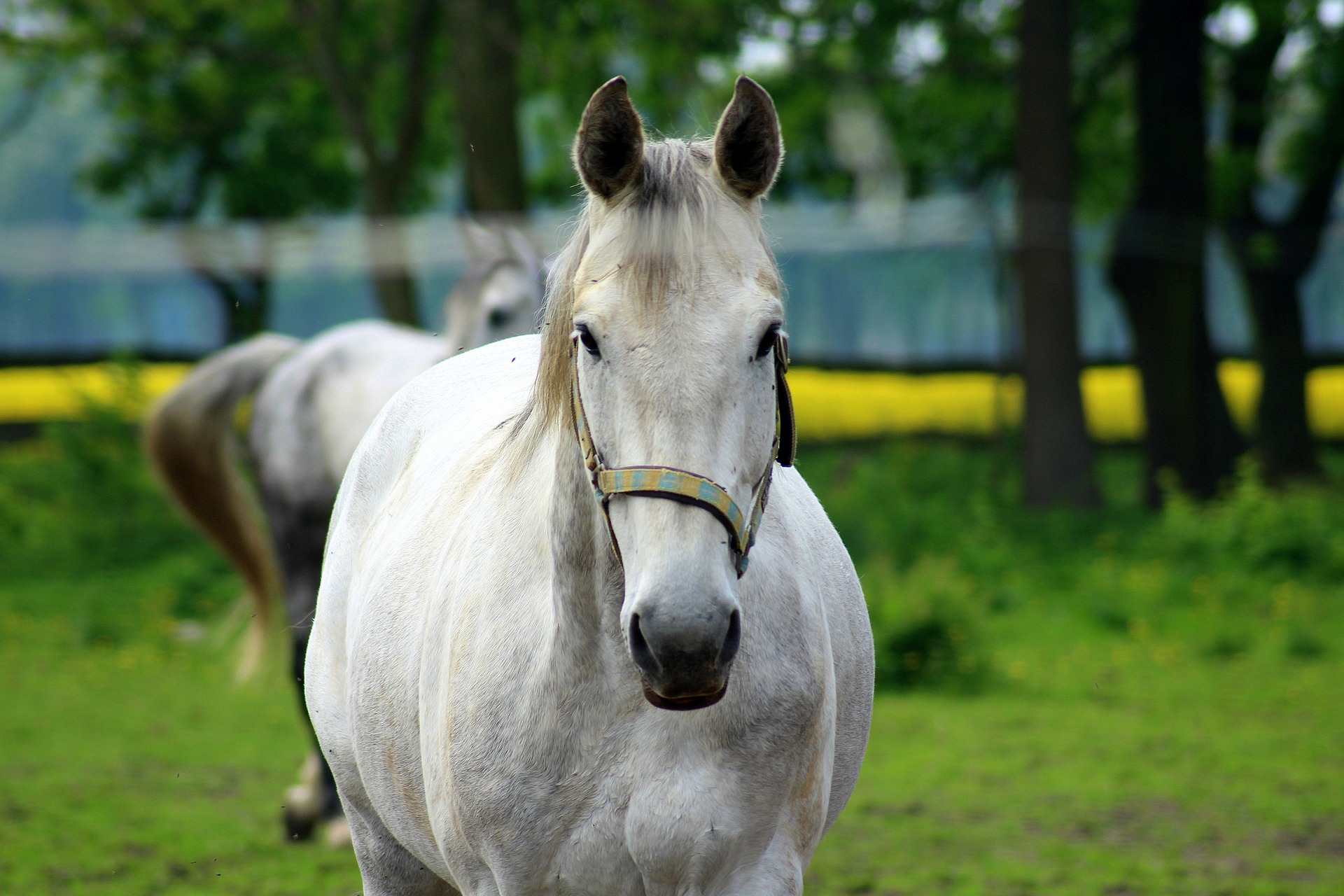 Most horse owners are familiar with equine gastric ulcers, or EGUS (equine gastric ulcer syndrome). Gastric ulcers are extremely common in horses and likely underdiagnosed. Because horses evolved as grazing animals, their stomachs are designed for continual...
Most horse owners are familiar with equine gastric ulcers, or EGUS (equine gastric ulcer syndrome). Gastric ulcers are extremely common in horses and likely underdiagnosed. Because horses evolved as grazing animals, their stomachs are designed for continual...
 As we hope you know, Mobile Veterinary Services is committed to the highest standard of equine veterinary care. To continue to provide our valued clients this level of service, community, and education, we are investing in a new veterinary associate and technician, to...
As we hope you know, Mobile Veterinary Services is committed to the highest standard of equine veterinary care. To continue to provide our valued clients this level of service, community, and education, we are investing in a new veterinary associate and technician, to...




